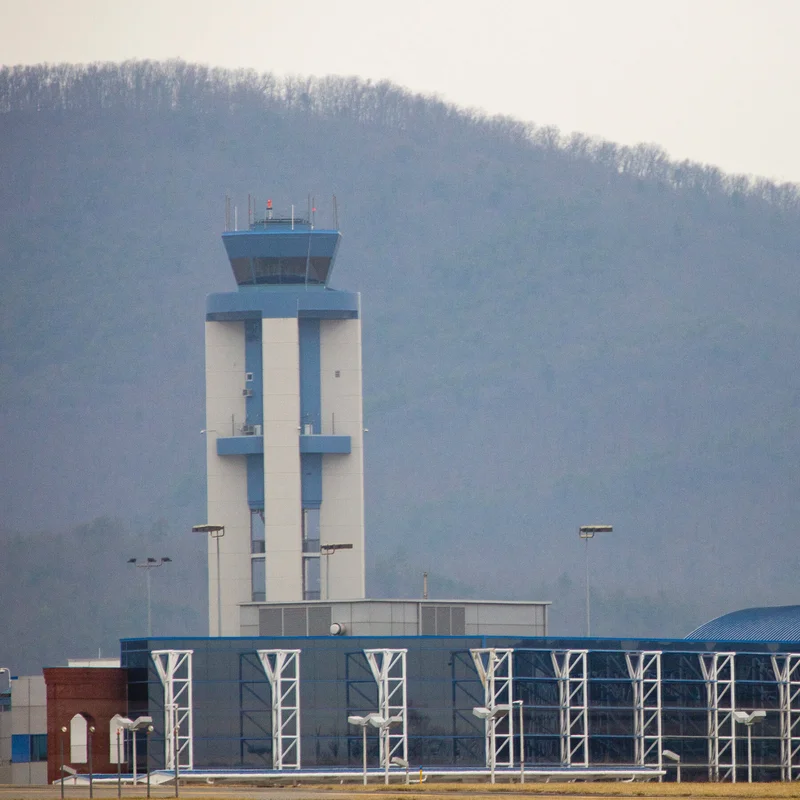Amazon Web Services (AWS)—the invisible engine behind much of today’s internet—stumbled hard on Monday, October 20, 2025, triggering widespread outages across dozens of major digital platforms. From video conferencing giant Zoom to language-learning app Duolingo, and even games on The New York Times website, users around the globe were left staring at error messages or spinning loading icons.
What Happened During the AWS Outage?
Early Monday morning, reports began flooding in from users unable to access services that rely on AWS infrastructure. The disruption wasn’t isolated—it rippled across finance, education, entertainment, and communication sectors. Cryptocurrency exchange Coinbase, gaming platform Fortnite, and numerous enterprise software tools also went dark temporarily.
Though Amazon has not yet released a full post-mortem, initial indicators point to a failure in one of its core U.S. data regions. Such incidents, while rare, underscore just how deeply the modern internet depends on a handful of cloud providers—with AWS leading the pack.
Why Is Amazon Web Services So Critical?
Originally built to support Amazon’s own explosive growth, AWS evolved into a standalone cloud-computing division that now powers an estimated 33% of all cloud infrastructure worldwide. It offers everything from data storage and computing power to machine learning APIs and content delivery networks.
Businesses of all sizes—from startups to Fortune 500 companies—rent AWS resources instead of building and maintaining their own data centers. This model allows for rapid scaling, global reach, and cost efficiency. But as Monday’s outage showed, it also creates a single point of failure for countless digital experiences.
Who Was Affected?
The list of impacted services reads like a who’s who of the digital economy:
- Zoom – Users reported connection failures and meeting disruptions.
- Duolingo – App and web access intermittently unavailable.
- Coinbase – Trading delays and login issues.
- Fortnite – Matchmaking and login servers down.
- The New York Times Games – Crossword and Wordle temporarily inaccessible.
Even banks, healthcare portals, and transportation logistics systems that quietly run on AWS felt the ripple effects—though many have redundant systems to minimize customer impact.
The Bigger Picture: Cloud Concentration Risk
Monday’s incident reignites a long-standing debate in tech circles: is the internet too reliant on just a few cloud giants? AWS, Microsoft Azure, and Google Cloud collectively host the majority of the world’s web traffic. When one stumbles, the digital world stutters.
Experts warn that while cloud computing offers unmatched agility, it also centralizes risk. “We’ve built a house of cards on top of a few data centers,” said Dr. Lena Torres, a cloud infrastructure analyst at MIT. “Resilience isn’t just about redundancy—it’s about architectural diversity.”
What’s Next for AWS and Its Customers?
Amazon typically issues a detailed incident report within 24–48 hours. In the meantime, companies are reviewing their disaster recovery plans and, in some cases, exploring multi-cloud strategies to avoid future single-provider dependency.
For end users, the takeaway is simple: the internet may feel decentralized, but its backbone is surprisingly centralized—and Monday was a stark reminder of that reality.



